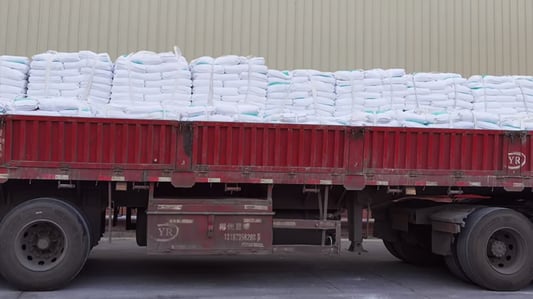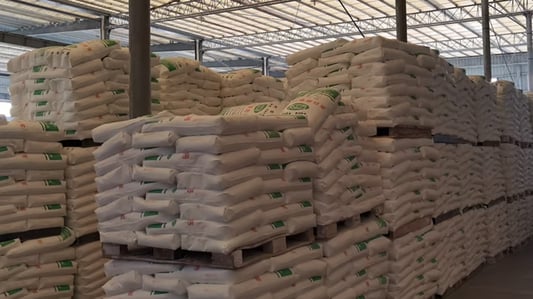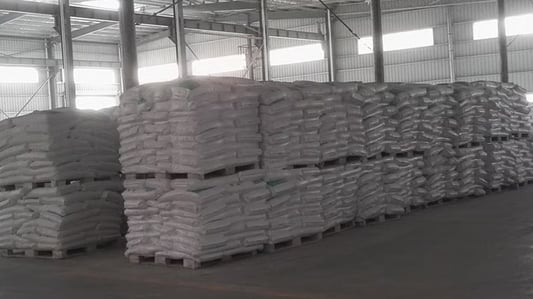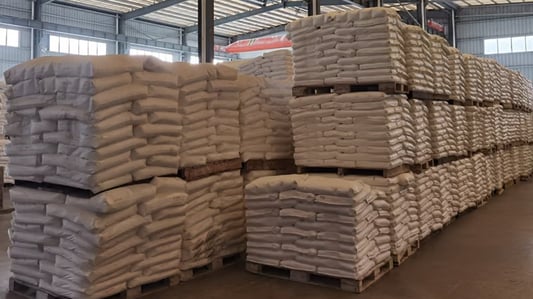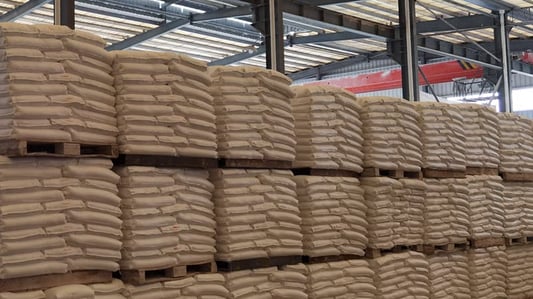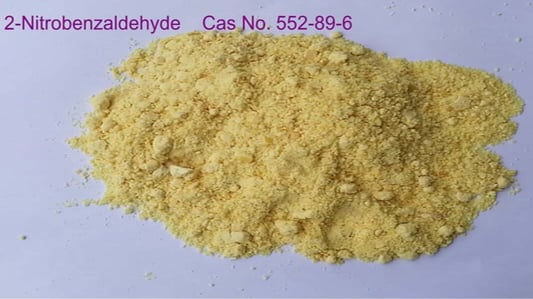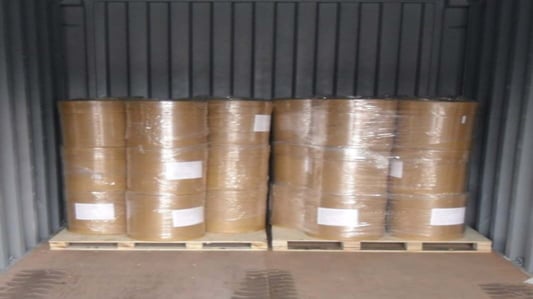When it comes to the fascinating world of nanotechnology, one compound that stands out is nano caco3. This tiny particle has a wide range of applications and benefits that are worth exploring. In this article, we will delve into the various aspects of nano CaCO3 and how it is revolutionizing multiple industries.What is Nano CaCO3?Nano CaCO3 refers to nano-sized particles of calcium carbonate, a common mineral that is found in rocks and shells. These particles are extremely small, measuring in the nanometer scale, making them ideal for various applications due to their unique properties.The Benefits of Nano CaCO3One of the main benefits of nano CaCO3 is its high surface area to volume ratio, which allows for excellent absorption and reactivity. This property makes it useful in industries such as pharmaceuticals, cosmetics, plastics, and more.Applications in the Pharmaceutical IndustryNano CaCO3 is utilized in the pharmaceutical industry for drug delivery systems, as it can enhance the solubility and bioavailability of certain drugs. It can also be used as a filler in tablets and capsules, improving their stability and effectiveness.Usage in the Cosmetics IndustryIn cosmetics, nano CaCO3 is valued for its ability to act as a whitening agent and absorb excess oil on the skin. It is commonly found in products such as sunscreens, foundations, and powders, providing a matte finish and UV protection.Impact on the Plastics IndustryThe plastics industry benefits from nano CaCO3 as a filler material, improving the strength, flexibility, and durability of plastic products. It can also reduce the overall weight of the plastic without compromising on performance.Environmental Benefits of Nano CaCO3Unlike traditional calcium carbonate, nano CaCO3 has a lower environmental impact due to its efficient use of resources and reduced waste. It can also be recycled and reused in various applications, making it a sustainable choice.Challenges and Safety ConcernsWhile nano CaCO3 offers numerous advantages, there are also challenges and safety concerns associated with its use. These include potential health risks, environmental implications, and regulatory issues that need to be addressed for responsible deployment.Future Outlook and Research TrendsThe future of nano CaCO3 looks promising, with ongoing research focusing on improving its properties and exploring new applications. By continuing to study this versatile compound, scientists and engineers can unlock its full potential for the benefit of society.ConclusionIn conclusion, nano CaCO3 is a versatile and innovative material that is reshaping various industries with its unique properties and benefits. As research and development in nanotechnology continue to advance, the potential uses of nano CaCO3 are limitless, making it a valuable asset in the technological landscape.Quote Inquirycontact us


